FULL SUN
Full Arizona Sun
pH
neutral
PLANTING
March-April
FEEDING
None
EXPERIENCE
Easy
Roselle is most commonly known for making a tea called Jamaica. The plant can be referred to by several names including Flor De Jamaica, Florida cranberry, Jamaican Sorrel and Hibiscus.
It is part of the Malvaceae family, related to the mallows, okra, and hollyhocks. It is a tropical plant and is very attractive in the garden. The leaves, as well as the calyxes, are edible. Even the seeds are edible. The seeds are high in protein, and can be used roasted as a coffee substitute or sprinkled on salads.
The calyxes are very high in vitamin C, and have a very tart flavor similar to cranberry. It can be found on the Thanksgiving table as a substitute for cranberries. in Arizona and Florida. Use the calyxes to make jams, chutneys, sauces, and refreshing summer drinks. It can also be used as a rhubarb substitute.
Featured Image Credit: Mokkie / CC BY-SA
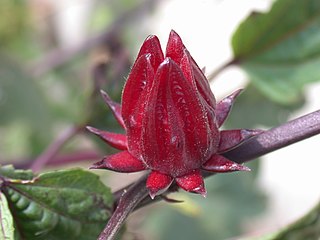
Varieties:
There are a few varieties in cultivation, Thai Red Roselle, however, is the most common one.
A striped one that has shown up for some gardeners and it is referred to as peppermint striped roselle, however, I have not seen it officially recognized as a variety. There is also a rare variety from South Africa that produces smaller pods.
Image Credit: Earl Benton / CC BY-SA
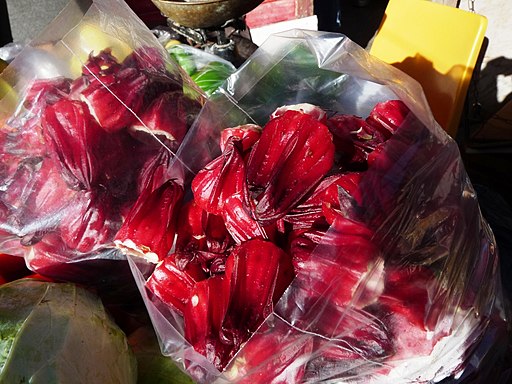
HOW TO GROW
- Seeds need higher temperatures to germinate, between seventy-five degrees and eighty-five degrees.
- Sow from March to April. They can be started earlier as seedlings and transplanted or they can be direct sown.
- Presoak seeds overnight before planting for best results.
- If starting indoors, a heating mat is recommended as the seed will germinate best in warm soils.
- Roselle prefers well-draining soil but does like plenty of water. Do not add high nitrogen fertilizers as this will cause fewer calyxes to form but plant with some compost.
- The plants can get quite large, plant at least three feet apart, and note that they may need to be supported with some staking. They could reach up to seven feet tall.
- Roselle requires a long season to grow, so plant as early as March, but note that it will not bloom until fall. It will take about six months to mature.
- It is a day light-sensitive plant, meaning the maturity of the plant(in this case the blooms), are triggered as the days get shorter, towards the end of September and in October.
- It is closely related to okra, with very similar looking blooms that are smaller. As the blooms set pod, the red calyxes will start to form.
- Calyxes should be harvested when the pods are still tender, normally this is around eight to ten days after the calyxes start to develop.
Image credit: VoDeTan2 Dericks-Tan / CC BY-SA
POSSIBLE ISSUES
Spider Mites
Hose off frequently in very hot, dry weather to keep spider mites in check.
Poor Blooming
Possibly due to too much nitrogen fertilizer. Plant with compost, do not fertilize after planting except for a fish fertilizer high in phosphorus.
Weak Plants
This is due to not enough sun. Plant out in full sun for best results and flower production.
Good Companions
Any summer herbs that performs well in hot weather and like water will make a good companion. Look to basil, amaranth, mints, and peppers. Plant vines below such as melons and squash to take advantage of the dappled shade it will provide.
Harvesting
Harvest Roselle one the calyxes are well-formed but not yet drying. They should be tender and should be snipped off the plant. Typically harvested within eight to ten days.
Propagation and Saving Seeds
The seeds are found within the calyxes. They can be pushed out of the calyxes when the calyx is still fleshy and fresh and then left to dry. They can also be harvested from calyxes left to dry on the plant.
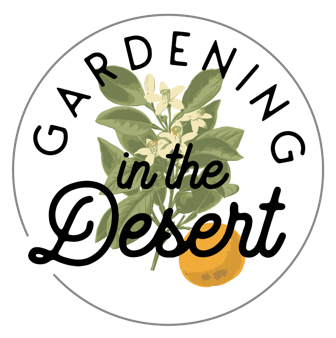
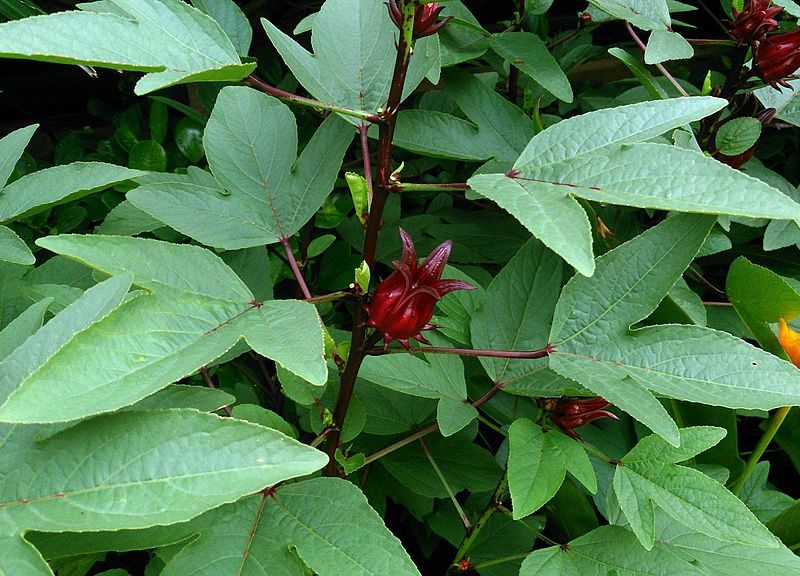
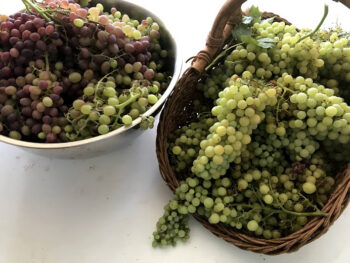
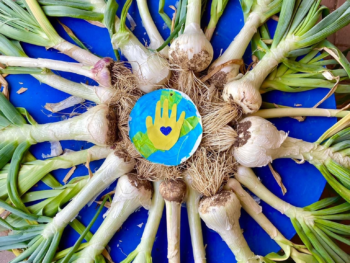
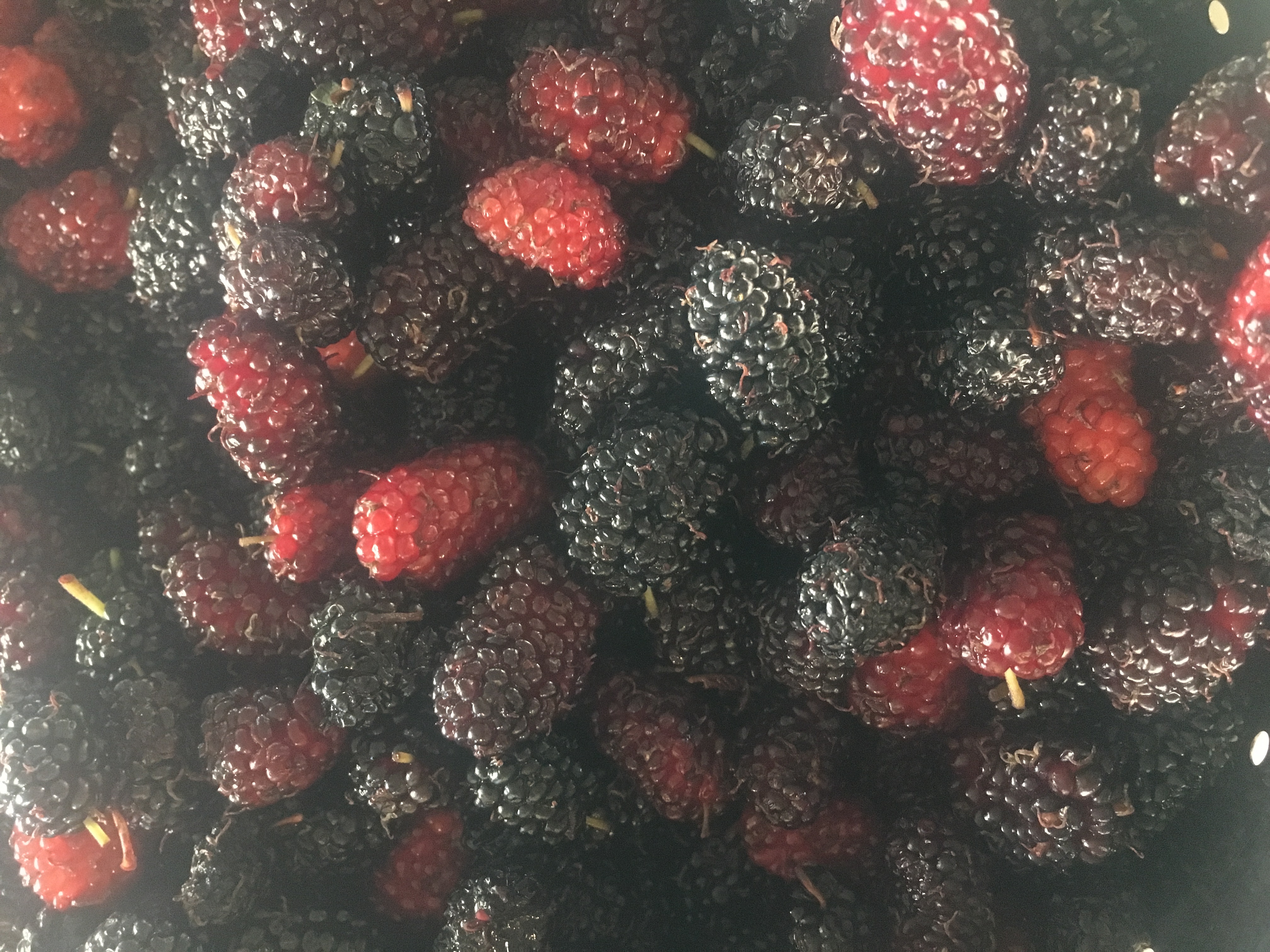
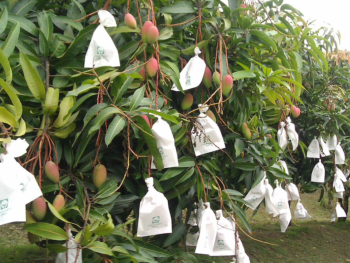
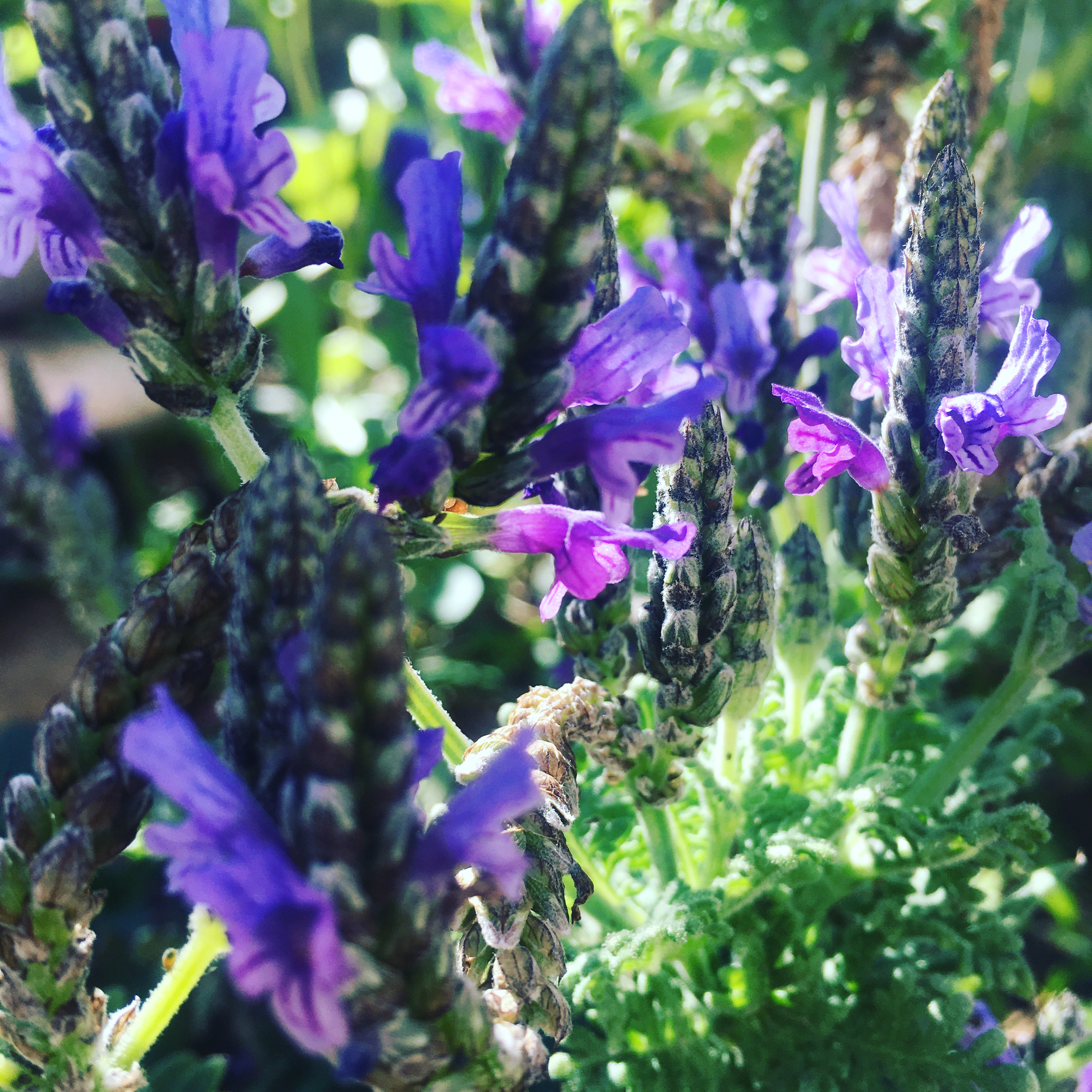
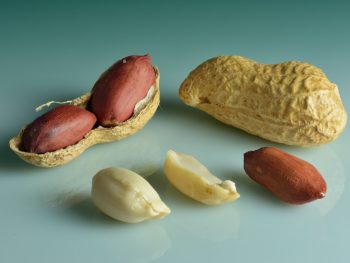
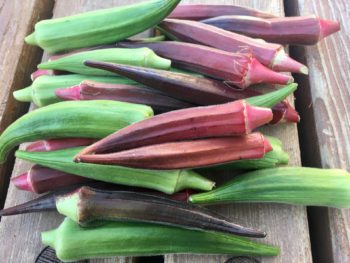
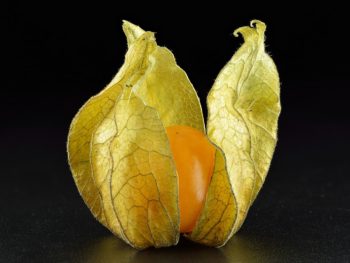
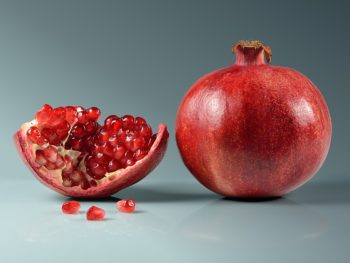
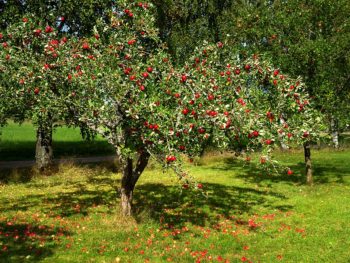
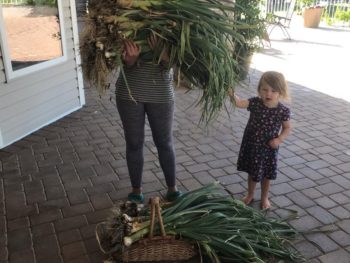
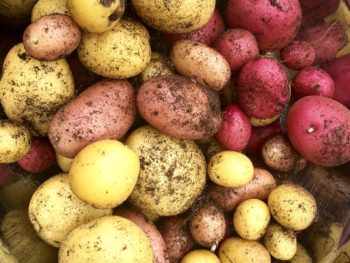
 Simple Pruning Tips For Fruit Trees
Simple Pruning Tips For Fruit Trees